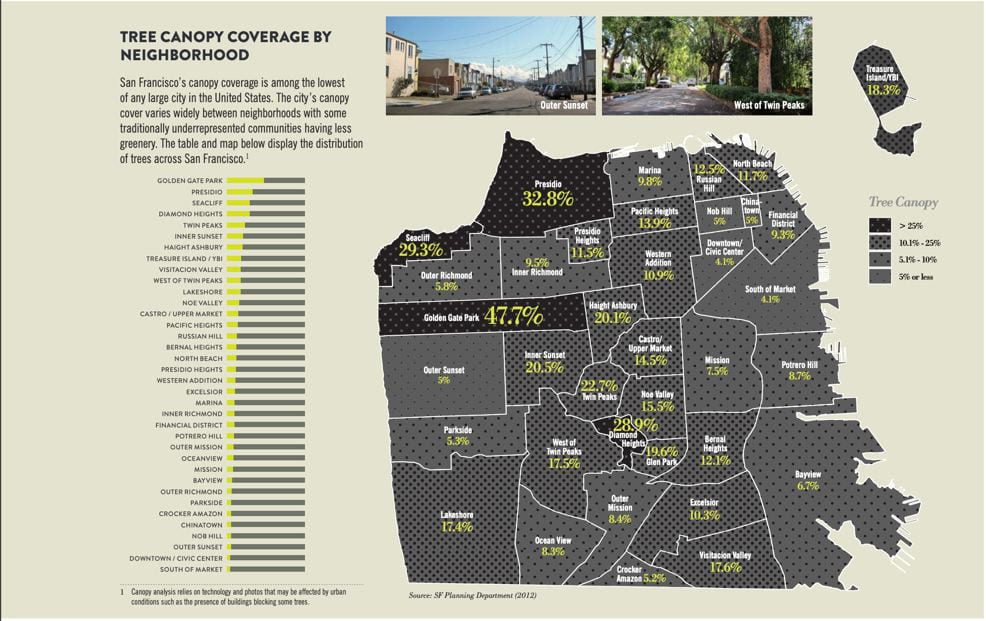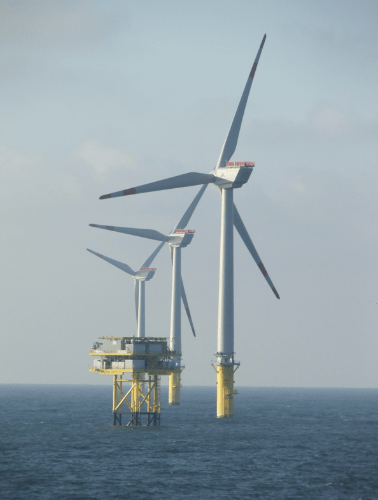Plant Propagation Techniques and Benefits
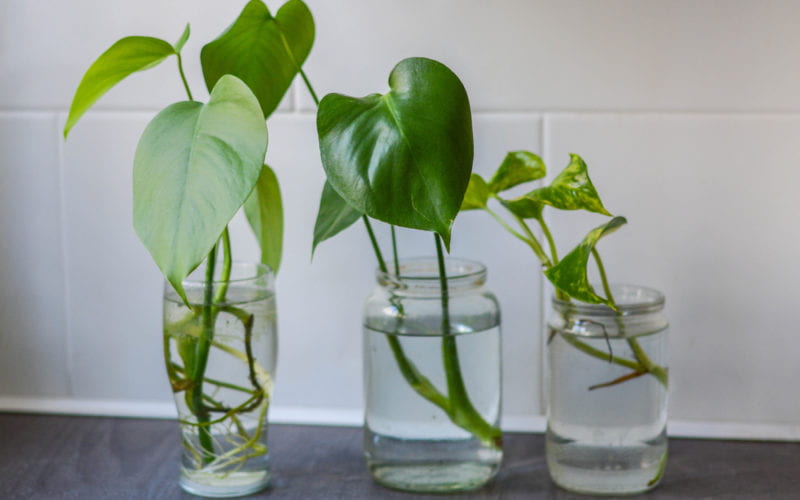
What is Plant Propagation?
Plant propagation is the process in which new plants can grow from old ones through a variety of methods such as collecting seeds, cuttings, or other parts of plants. These propagations are applicable in many situations, from home gardening to cloning plants or even creating hybrids. There are two different kinds of propagations: sexual and asexual. Sexual propagation involves the union of pollen from a male plant with an egg from a female plant and involves the floral parts of a plant (Plant propagation). However, there are also several methods of asexual propagation that can be easily done.
Collecting Seeds
Seeds can be collected from existing plants and saved or used in other locations. A seed’s location within a plant can vary from species to species, but in a lot of cases for perennial and annual plants, the seeds are ready to harvest after the plant has bloomed and petals have fallen off (Hughes). There are also extensive guides available on the internet on collecting seeds from specific species of plants.
There is an entire movement of seed saving in which seeds are harvested and saved for future use or for preservation in places like seed banks or seed libraries. This can help protect genetic diversity, prevent the extinction of species, and help us potentially recover from food disasters, such as if wide cropland was to be wiped out due to a soil disease or contamination. Saving seeds can preserve the genes within a specific seed for future use, which may also help in the event that crops or plants are lost in a large area. In this case, seeds that have been kept can be used to replenish the land. Keeping a variety of different seeds can also prevent the loss of rare and indigenous plants, making sure they don’t head toward extinction. The related idea of seed banks and seed libraries are also important in helping aid these issues and having a safe place for seeds to be stored in the right conditions.
Taking Cuttings
Cuttings can be taken from any part of the plant, but most commonly a stem or leaf is used. Root formation can be encouraged by placing the stem into a container of water or moist soil. In this case, the plant will be identical to the parent plant and will have the same characteristics, while growing something from seed doesn’t ensure the same characteristics. Plant cuttings will also be able to grow and mature faster than a plant grown from seed.
Layering
The layering technique of plant propagation is when the new plant remains at least partially attached to the mother plant while it forms new roots. This can be done, for example, when a stem grows underground, within a mound, or within a wrapped part of the stem containing materials like moss (Seven methods).
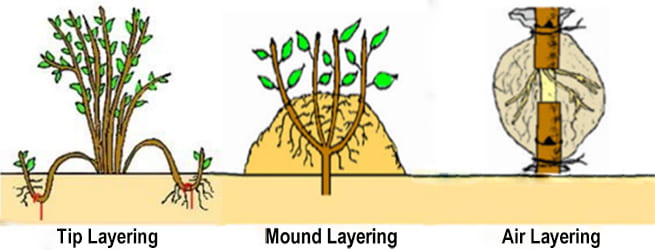
Grafting & Budding
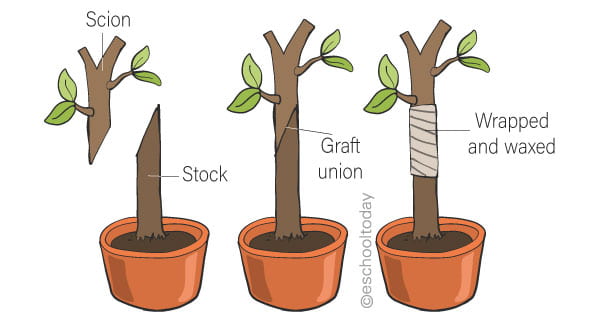
Grafting is a technique in which plant parts from different plants are joined together to grow and heal as one plant. This may be done when plants don’t do well growing from cuttings or to use a root system from one plant that may be better than the other.
Budding can also be included in the grafting propagation process and is when a mature bud of one plant is placed into an incision on another plant’s stem. This is becoming popular in fruit tree production and is usually done during the late growing season (Wilson).

The Benefits of Propagation!
Personal Home and Garden:
Propagation can be done by anyone with a plant and some water or soil! This method is used extensively in personal gardens and community gardens as a cost effective way to multiply plant populations. It can also be done using a variety of different indoor houseplants.
Restoration:
Along with personal use, plant propagation can be a really important part of restoration projects and can be especially important when trying to restore native species of plants to a certain area. Propagations can be taken from other local plants to be grown and planted in an area that is being restored. An example of this is the Crissy Field Restoration Project in San Francisco in which seeds and clippings were taken from the surrounding area to help restore the land from a United States military airbase to a native wetland and marsh environment. The project uses a large greenhouse in which seeds, clippings, and plants being grown are kept and distributed to nearby environments and projects.
Preventing Plant Extinction:
As mentioned before, saving seeds can keep certain genes and species intact and prevent them from disappearing altogether. A local example of this is the Franscican Manzanita plant, thought to be extinct in San Francisco (Rosenthal). One last plant was found in the Presidio of the Golden Gate National Park Boundary in San Francisco by a botanist who was driving by and recognized it. Clippings were taken in order to plant the species in other locations and prevent its extinction. They collected cuttings and fruit, as well as surrounding soil that may contain seeds and microorganisms essential to the plant’s growth, then moved the last wild remaining plant itself along with 25,000 pounds of soil and replanted it in a different, undisclosed location in the Presidio to ensure its protection.
Creating Hybrids and Cloning Desirable Species:
When cloning a plant, the most effective way to do so is to take a cutting of a plant so that it has identical characteristics of the parent plant. Taking propagations can also be a way to create hybrid plants, as well as being able to choose certain favorable characteristics (Malone). There are ways to breed plants so that they have desired or superior characteristics such as disease resistance, tolerance for extreme temperatures, or unique colors and appearances. Along with this, two different plants can be joined together using the grafting technique to create a hybrid that has characteristics of both plants. For example, a plant whose roots are prone to a soil disease can be grafted onto the rootstock of a different plant that is resistant to that disease, ensuring successful growth (Gill).
Try it yourself!
Although there are some more complicated techniques of plant propagation, anyone with a plant can do it themselves! The simplest way is to take a cutting and put it in a cup or container of water. Once the roots start to develop and grow, it can be transferred to soil. Here are some tips and tricks to ensure a healthy propagation:
- Keep the environment wet or moist! New roots need water to develop, if the water runs out, the plant cannot begin its development.
- New cuttings can benefit from bright light but not direct light.
- Typically, sunlight is better to use rather than artificial light as it isn’t able to completely mimic the colors or wavelengths of natural light. However, artificial light can be used to supplement sunlight when there isn’t enough natural light for growth (Volente).
- Normal potting soil can be too rich for new roots to grow, so besides water, materials like peat moss, vermiculite, perlite, or even sand can help new plants thrive.
- There are many resources in San Francisco and even at USF to help start your propagating journey. The San Francisco Public Library along with Gleeson Library at USF have seed libraries where you can take and donate seeds for use. There is also a Green Thumb student organization on campus that promotes plant propagation and hosts propagation swaps throughout the year.
Share photos of your own propagations on Instagram and tag @sustainabilityusfca to be featured on our account and show off your propagation skills!
Sources:
Easy plant propagation techniques for Beginners. Stauffers of Kissel Hill. (2021, January 22). Retrieved November 17, 2021, from https://www.skh.com/thedirt/plant-propagation-techniques/.
Gill, D. (2015, March 6). How, when and why plants are grafted. NOLA.com. Retrieved September 29, 2021, from https://www.nola.com/entertainment_life/home_garden/article_ba86313e-e5da-5441-bf94-cb403dc237aa.html.
Hughes, M. (2020, August 11). How to Save Seeds from Your Garden to Plant Next Year. Better Homes & Gardens. Retrieved September 24, 2021, from https://www.bhg.com/gardening/yard/garden-care/garden-seed-tips/.
Layering Plants Know About Plant Propagation Techniques Called Layering. Daylilies in Australia. (2017, January 10). Retrieved September 29, 2021, from https://www.dayliliesinaustralia.com.au/layering-plants-simple-easy-methods/.
Malone, M. (2020, November 24). The Advantages of Propagating Plants. SFGate Home Guides . Retrieved September 24, 2021, from https://homeguides.sfgate.com/advantages-propagating-plants-38195.html.
Plant propagation. University of Maine Cooperative Extension: Garden & Yard. (n.d.). Retrieved September 24, 2021, from https://extension.umaine.edu/gardening/manual/propagation/plant-propagation/.
Ministry of Education Secondary Engagement Programme Integrated Science . Ministry of Education. (n.d.). Retrieved September 29, 2021, from https://www.education.gov.gy/web2/index.php/students-resources/secondary-school-resources/grade-8-1/grade-8-consolidated-curriculum-guides/5813-grade-8-science-consolidated-curriculum-2021/file.
Rosenthal, S. (2010, April 1). The Presidio’s Miracle Manzanita . Bay Nature. Retrieved September 24, 2021, from https://baynature.org/article/the-presidios-miracle-manzanita/.
Seven methods of Plant propagation. Plant Cell Technology . (2020, November 12). Retrieved September 24, 2021, from https://www.plantcelltechnology.com/blog/seven-methods-of-plant-propagation/.
Volente, G. (n.d.). Do plants grow better in sunlight or artificial light? Greenhouse Today. Retrieved September 29, 2021, from https://www.greenhousetoday.com/do-plants-grow-better-in-sunlight-or-artificial-light/.
What is artificial vegetative propagation in asexual reproduction? Eschooltoday. (2021, August 28). Retrieved September 29, 2021, from https://eschooltoday.com/learn/artificial-vegetative-propagation/.
Wilson, J. (2019). Basic grafting techniques. Mississippi State University Extension. Retrieved September 24, 2021, from http://extension.msstate.edu/publications/basic-grafting-techniques-0.
